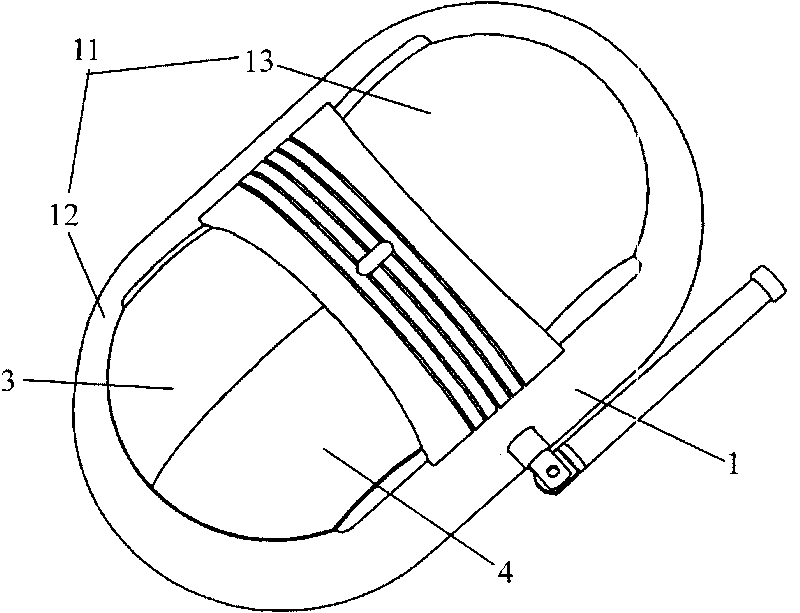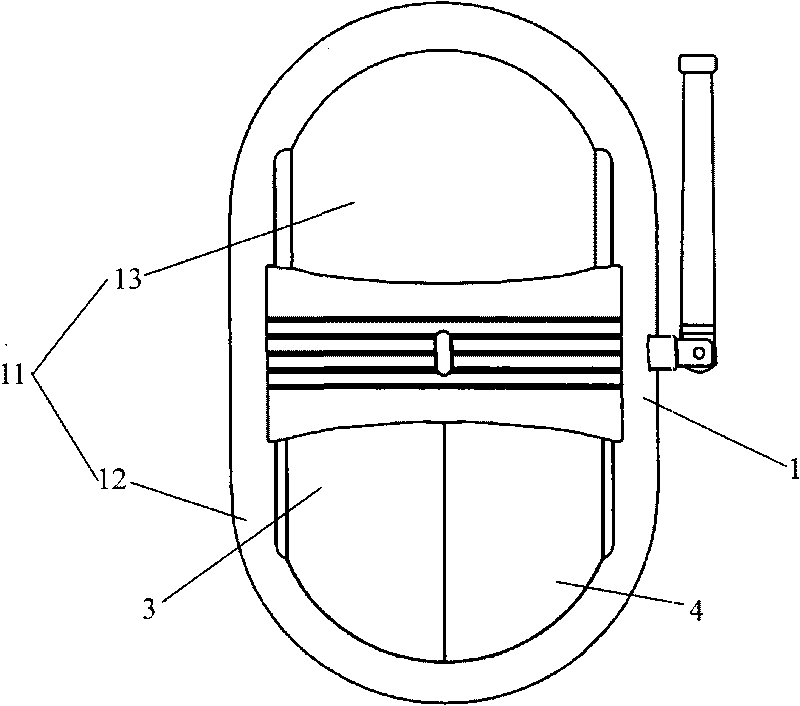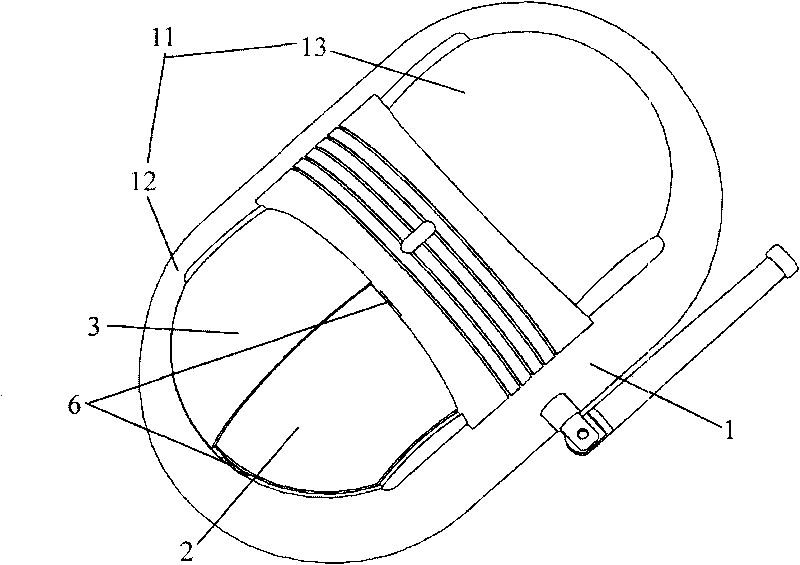Infrared detector with adjustable detection range
An infrared detector and detection range technology, applied in the field of detectors and infrared detectors, can solve the problems of pet-proof performance defects, low acceptance, correct selection of installation locations, etc., to achieve reliable pet-proof performance, reduced operating burden, and acceptable degree of effect
- Summary
- Abstract
- Description
- Claims
- Application Information
AI Technical Summary
Problems solved by technology
Method used
Image
Examples
Embodiment Construction
[0031] In order to understand the technical content of the present invention more clearly, the following examples are given in detail.
[0032] see Figure 1 ~ Figure 6bAs shown, the infrared detector with adjustable detection range of the present invention includes a casing 1 and an infrared lens 2, and the casing 1 includes a lower casing (not shown) and an upper casing fixed on the lower casing 11. The infrared lens 2 is installed on the upper casing 11, and the feature is that the infrared detector with adjustable detection range also includes a left protective flap 3 and a right protective flap 4, and the left protective flap 3 and the right protective cover 4 are detachably fixed on the upper housing 11 and cover the infrared lens 2.
[0033] Preferably, the infrared lens 2 is a spherical infrared lens. In a specific embodiment of the present invention, the spherical infrared lens is a quarter spherical infrared lens.
[0034] Preferably, the upper casing 11 includes ...
PUM
 Login to View More
Login to View More Abstract
Description
Claims
Application Information
 Login to View More
Login to View More - R&D
- Intellectual Property
- Life Sciences
- Materials
- Tech Scout
- Unparalleled Data Quality
- Higher Quality Content
- 60% Fewer Hallucinations
Browse by: Latest US Patents, China's latest patents, Technical Efficacy Thesaurus, Application Domain, Technology Topic, Popular Technical Reports.
© 2025 PatSnap. All rights reserved.Legal|Privacy policy|Modern Slavery Act Transparency Statement|Sitemap|About US| Contact US: help@patsnap.com



